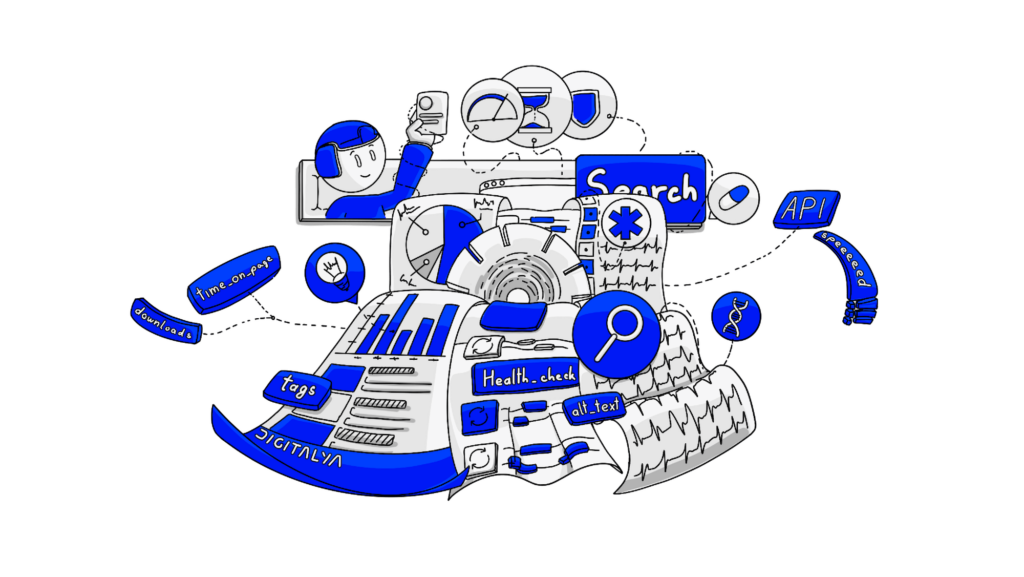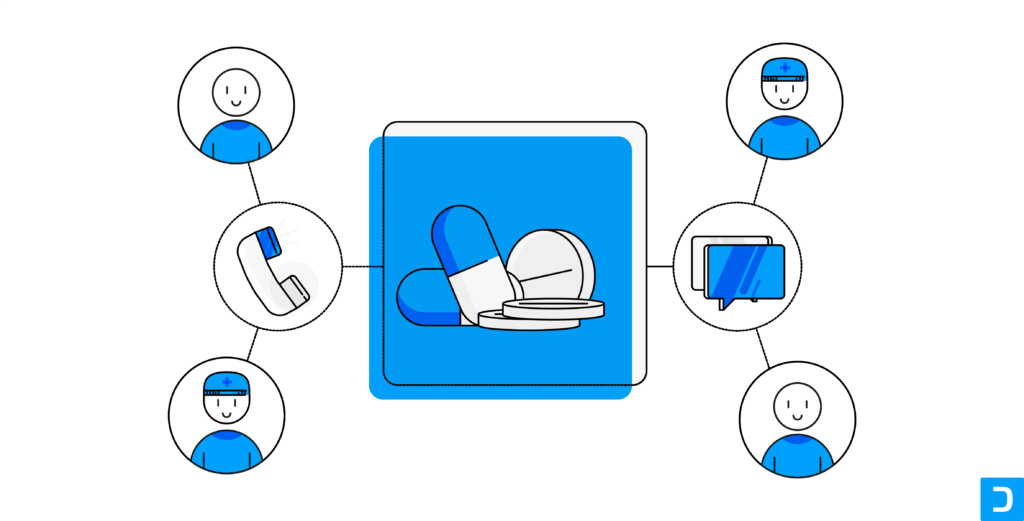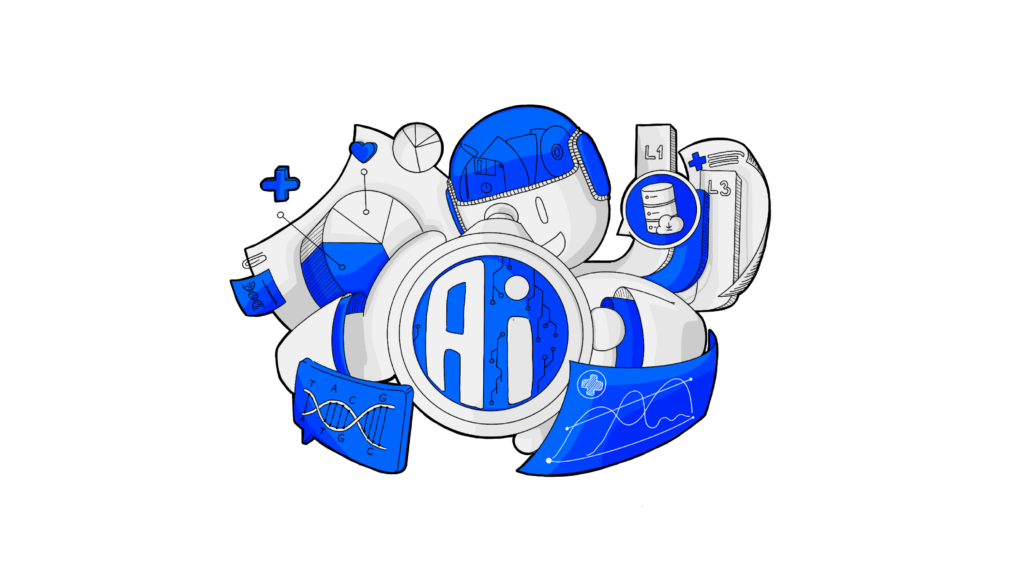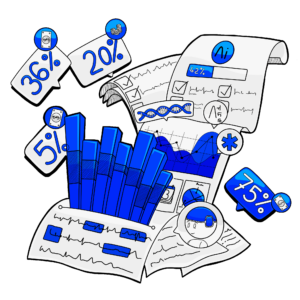Apps development is flourishing: mobile app releases at the end of 2021 were 5 times more than 10 years previous. According to Statista, from December 2016 onward, each year, there have been more than 2,5 million apps available in Google Play.
There is much talk about mobile development and the cost to develop an app, but how much does it cost to maintain an app? We’ll explore the answer in this article, but first, let’s understand why it is important to think about app maintenance.
A 1% steady increase in smartphone users in the US is estimated yearly from 2021 to 2025, up to about 311 million users. Which is a lot. This a large market for an app development company to tackle.
The key to success is not only to build an attractive, compelling app but also to remain relevant in the long run. And relevance for the ever more sophisticated user and growing technology translates into app maintenance.
1. Why do apps need maintenance?
Building and releasing an app is not the end of the journey for app development companies. What good is it to sell a digital product once and not have customers using it for a long time? Whether you charge an app subscription, inapp purchases, or rely on advertising, the number of active users is important, business-wise.
The Daily Active Users or DAU is a relevant KPI for all application developers. With an increasing number of potential clients and dynamic competition each year, gaining the user’s attention and loyalty requires consistent effort.
Otherwise, users will give up the app and turn to a newer, more adapted digital product that offers them a better experience. In short, you need to keep the users happy. Not to mention that, from time to time, application stores do some „cleaning” and eliminate obsolete apps. For instance, in October 201, Apple deleted about 50000 outdated apps from the App Store, 3,5 times more than its regular monthly app clean-up.
Still, consumers don’t run short on app options, and their “appetite” is growing. App users spent $170 billion on mobile apps in 2021; the value followed an annual increase of 19%. According to the same App Annie Report, the annual growth inapp downloads was 5% in 2021.
Though the percentage doesn’t seem much, the absolute number is rather suggestive: 230 billion apps were downloaded in 2021.
So, before tackling the question of how much does it cost to maintain an app, let’s see what benefits application maintenance can bring to your consumers and your business implicitly.
Keep the novelty feeling
An app released a year or two ago may look and “feel” obsolete now. The design style changes frequently, not to mention OS updates and the novelty in the programming language. Even the usage pattern can differ from one year to another.
This is why you need to keep the app design and functionality fresh. Otherwise, consumers may get bored quickly and choose a new app that does the same thing but offers a better experience.
Revise the feature relevance and security
App maintenance is not only about how an app looks and how fast it moves but also about security. Running constant maintenance helps you fix security bugs in due time and also reevaluate the features – which are still relevant and which can be dropped out?
Opportunity to monetize
Whether your business model implies a paid subscription or inapp purchases, you can consider a new source of cash by introducing paid new features for each app update. It can easily support your cash flow, considering that the consumers already use the app and are more likely to want additional features for a reasonable amount.
According to a study on mobile consumption, mobile users from 10 markets worldwide spent, in 2021, almost 5 hours each day on their mobile devices. Imagine the number of sales opportunities you can have in a month through inapp purchases.
More visibility in stores
Frequent updates put your app in higher positions in app stores. Although you released it, say, 3 years ago, it can still be among the results consumers see rather soon, before they get bored with scrolling down.
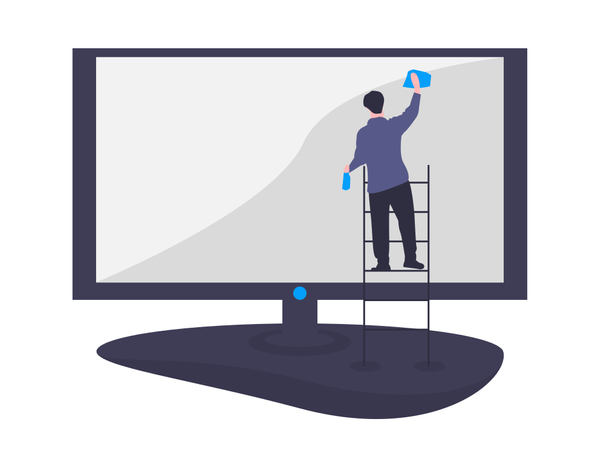
2. What does app maintenance include?
Now that the hard part is done – developing the app and releasing it in app stores – you can start to build a plan for the app maintenance. There are several categories to consider that will bear additional costs, but we’ll get to that a bit later in the article.
Infrastructure
All things related to hosting come with additional costs to maintain the optimal functioning of the app. With an increased number of users, the space needed also expands. You also need to consider the type of data your app uses, which impacts the hosting costs.
Technical issues
You know very well that when developing an app, the focus is not on perfecting it but on releasing it, so it can gather users and generate income as soon as possible. This means that, inevitably, bugs do occur. They exist even for the most sophisticated software, so there is no doubt about it. But you must constantly identify and fix them, so your users will keep using the app.
User experience
Maintaining the app is also about how it looks and what experience it offers your customers. Whether it is about the general design, the images used, the order of the buttons, the reaction speed, or how easy it is to find the log-out button.
They may seem like minor details, but they make all the difference for users whose patience is limited and who are prawn to delete the app because it got them annoyed. Keeping the user experience fresh with improved design and functionality is an important part of app maintenance.
Analytics
None of the above can be done properly without real-time data to rely upon. This means paying for analytics services that will give you valuable information on user behavior, traffic, usage time, etc. This data is important to keep your consumers happy but also to learn where your application has growth potential.
Licenses
Some of the licenses you purchased when developing the app were lifetime, some come with a subscription. These should be considered maintenance costs. You may also need additional licenses for new features.
Marketing
Yes, you still need marketing actions even after having released the app. You can put them under maintenance because it is about maintaining the interest of your app. If you release additional features, subscription packages, or inapp purchases, you’ll want people to know about it.
This translates into paid ads on Google and social media. To improve the ranking in app stores, you can also pay for SEO services, run A/B testing with app descriptions and headlines, or run search ads. Keeping the store presence up to date and interesting requires time and effort: answers to feedback, fresh images, track changes, etc.
3. How much does it cost to maintain an app
Now we’ve arrived at the main point: how much does it cost to maintain an app? The truth is, there isn’t one answer to fit them all, but there are some relevant approximations made by industry professionals that can give a rather good idea of what to expect.
Industry players estimate that an app should be updated every month for approximately: 20 to 40 days. This doesn’t mean big, costly updates run so often, but minor bug fixes or “behind the scenes” tweaks will help the app run smoothly and not allow technical problems to accumulate.
In short, a value upon which to base your estimate is the software maintenance cost which is estimated to be 15 – 20 % of the costs for the development process. But how much does it cost to build an app? We have dedicated an entire article to this subject, and you can ask us more questions anytime.
Let’s look more in detail at what these app maintenance costs mean.
Mobile app maintenance cost
While some estimations revolve around $5 000, up to $11 000 monthly costs for ongoing maintenance of your app, it is fair to say that these costs depend very much on what you choose to apply as maintenance actions.
Functional services
These include all the actions you choose to apply to inform your users about the app updates: push notifications, SMS, emails, and chat. For these to work, you need third-party integrations with monthly subscriptions. If you want all these services, you can expect to pay an annual amount of $4 000.
Infrastructure
In this category, the main maintenance cost is represented by the hosting services – the servers. The go-to names for outsourcing the hosting remain Google, Amazon, and Azure. This can count for an annual cost of about $12 000.
You may also consider subscribing to CDN (content delivery network) providers so that your consumers can use your app just as easily, no matter where they are. This service can cost around $3 600 per year. The same amount you can expect to pay for data storage.
If your app uses many images, subscribing to a service that allows you to download, process, and deliver images can add to the cost with an annual value of $4 800.
IT support
As a user yourself, you are aware of how often iOS and Android release updates. For your mobile app to function properly with each new operating system update, you must ensure they stay compatible. These constant tweaks can cost you around $10,000 over a year.
Bug fixes are maybe the most frequent elements of mobile app updates. They are inevitable and shouldn’t be ignored if you want users not to delete your app. The cost is estimated to represent between 10 and 20 % of the cost to build an app.
API maintenance is something to consider if your app uses third-party integrations via API (such as a Facebook integration, for instance). Each time the third party changes the API, you need to make an update, too. This can cost $5 000/ year.
Monitoring and operating IT-specific interventions are also part of the maintenance process. The cost depends much on whether you have an internal team or you choose to outsource the services. You can evaluate the general technical intervention cost to about 20% of the app development cost.
Web app maintenance costs
Maintenance costs for web apps are not much different than those for maintaining mobile applications. There are some functionalities that you may not employ, but the main categories remain mostly the same. If you look for a round sum, you can take into account an amount of 20 % of the web app development costs.
For the same reasons as in the case of a mobile app, your web app maintenance budget should include:
- Security patches and updates
- Space on servers and databases
- Bug Fixes
- Updates for third-party API
- Implementing new functionality
- Monitoring and analysis
As for the mobile apps, the maintenance expenses depend very much on the initial web app development; the way you configure your app from the start influences the ongoing interventions that you need to make to maintain it up-to-date and attractive for your users.
4. What to include in your app maintenance plan
We’ve gone through the most important elements of app maintenance, whether a mobile app or a web application. To build a plan, it is advisable to organize these maintenance expenses and actions depending on their frequency and impact.
Emergency maintenance: Be prepared for the unexpected to be able to fix sudden problems quickly and with the least damage. You can either have an internal team ready for app emergencies or outsource the service. Your choice should consider, besides the cost, the time of reaction, and the team’s expertise.
Adaptive maintenance: This type of maintenance is about updating your app to adapt to the constant technological changes: OS and API updates, changes in the app’s environment, and programming language. It is an ongoing effort, but it depends on the app’s responsiveness and its relevance to the users.
Preventive maintenance: By regularly optimizing and restructuring the code during regular update processes, you ensure that errors do not occur and the app doesn’t get outdated.
Corrective maintenance: This type of maintenance deals with fixing the inevitable faults in an app, be it related to appearance, code, or functionality. They’ll become clear as the app and user behavior evolve.
Perfective maintenance: The quality user experience and the novelty feeling we mentioned above can be delivered through the continuous effort of perfecting the app. It is not about correction but improvement. And it can differentiate you from the competition.
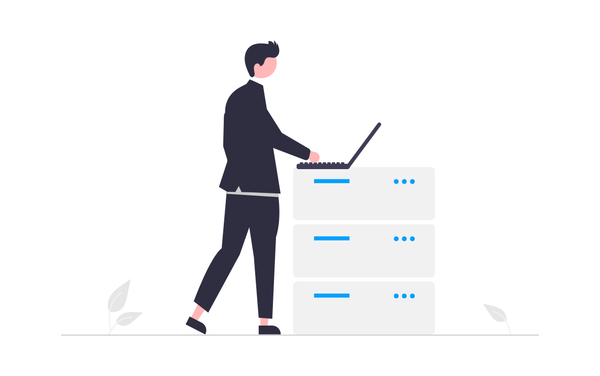
5. Best practices for app maintenance
Application developers, who are aware of the importance of app maintenance services, especially from the business point of view, focus on a couple of essential aspects:
User experience
First of all, you need to keep your users happy and engaged. Updating the interface to offer a better user experience is a cost ever worthwhile. Also, introducing new features occasionally is a way to keep the interest of your consumers.
User feedback
While monitoring is very useful, much valuable insight will come from the actual users. They are great at pointing out what doesn’t work properly or as they expect. And those are the “hot point” to tackle because they can be a deal-breaker for your customers.
License and plans
From the cost-effectiveness point of view, check which licenses and plans are still relevant and what you need to add, upgrade or drop.
Schedule system maintenance
Make sure you plan and operate regular system maintenance, to avoid sudden crashes or errors with a negative impact on both your users and your business.
Fix Bugs
These are maybe the most frequent interventions. Many will be reported by users, others will show in monitoring reports. Prioritize them and ensure they get fixed so the app works like a Swiss clock.
Though less talked about, mobile or web app maintenance is an important part of an application’s life and an app developer’s business model. How much does it cost to maintain an app?
It is difficult to assert with certainty. As you can see, there are many elements to take into account. But one thing is sure: you must regularly update the app, whether with your internal team or by outsourcing the maintenance services.
We have been doing application maintenance for one of our clients for the past 5 years and can vouch for its importance. To give you an example of a web app for which we provide maintenance services read about teampulse – Quality assurance management. No matter how you choose to maintain your app, make sure you include it in your business plan.






